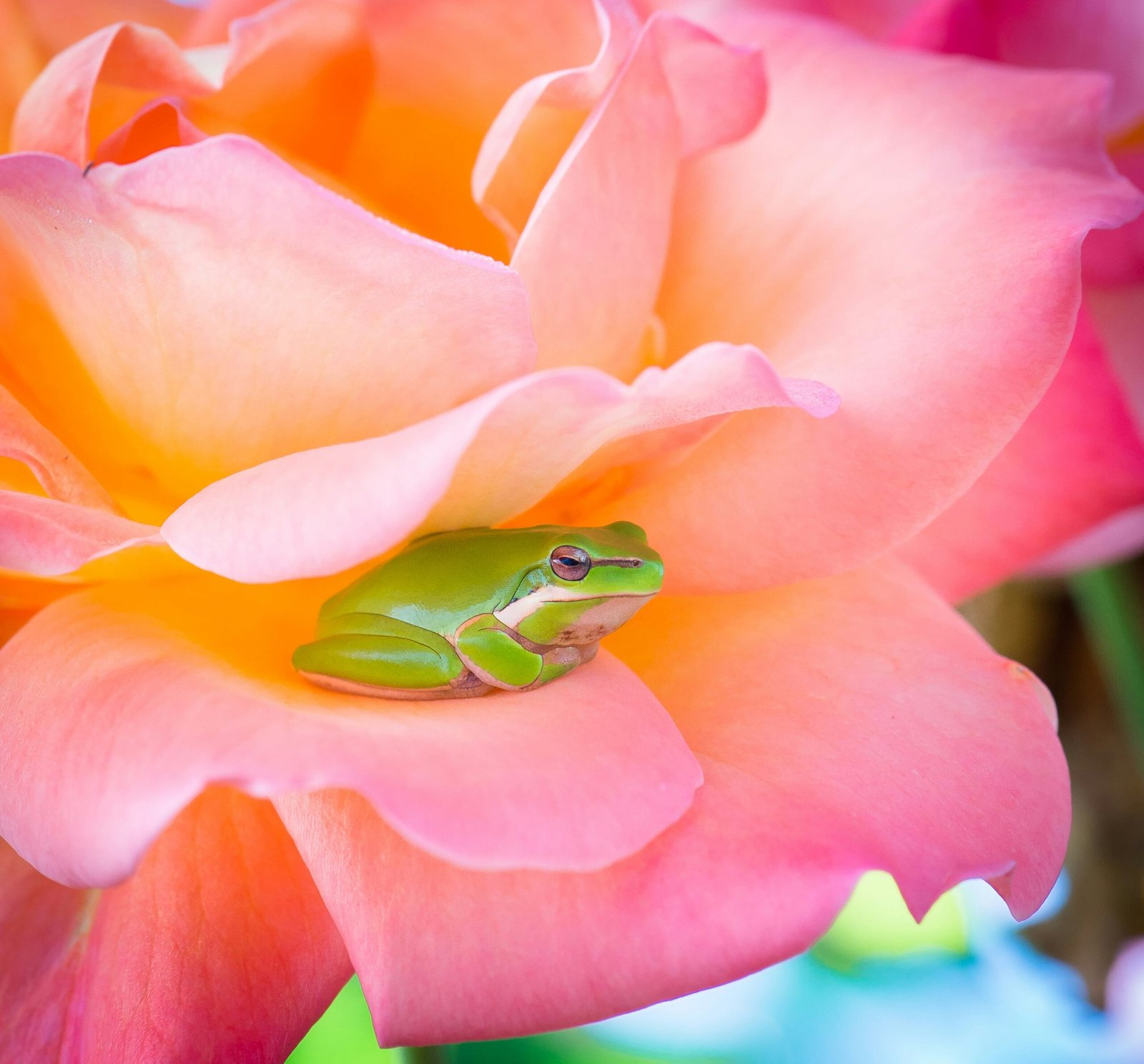

Introduction to Frogs
Frogs are fascinating amphibians known for their jumping abilities, croaking sounds, and diverse habitats. This step-by-step tutorial will guide you through understanding the various aspects of frogs, including their biology, habitats, and the importance of their conservation.
Step 1: Understanding Frog Biology
Frogs belong to the order Anura, which encompasses over 6,000 species worldwide. They have unique biological features such as permeable skin, which allows them to absorb water and oxygen directly. Frogs also undergo metamorphosis, starting as eggs, transitioning to tadpoles, and finally becoming adult frogs. Understanding these biological characteristics is crucial to appreciating the complexity of these amphibians.
Step 2: Exploring Frog Habitats
Frogs can be found in a variety of habitats, including forests, wetlands, and even urban areas. They thrive in environments that provide ample moisture and food sources. Wetlands are particularly important as they offer ideal conditions for breeding and development. Protecting these habitats is essential for the survival of many frog species.
Step 3: Importance of Frog Conservation
Frogs play a vital role in the ecosystem as both predators and prey. They help control insect populations and serve as food for various animals. However, frogs are facing numerous threats such as habitat destruction, climate change, and diseases like chytridiomycosis. Conservation efforts, including habitat protection and research on disease management, are critical to ensuring the survival of these amphibians.
Conclusion
By understanding frog biology, exploring their habitats, and recognizing the importance of conservation, we can contribute to the preservation of these remarkable creatures. Frogs are not only fascinating to study but also crucial to maintaining ecological balance. Let’s take steps to protect them and their environments for future generations.
RELATED POSTS
View all
